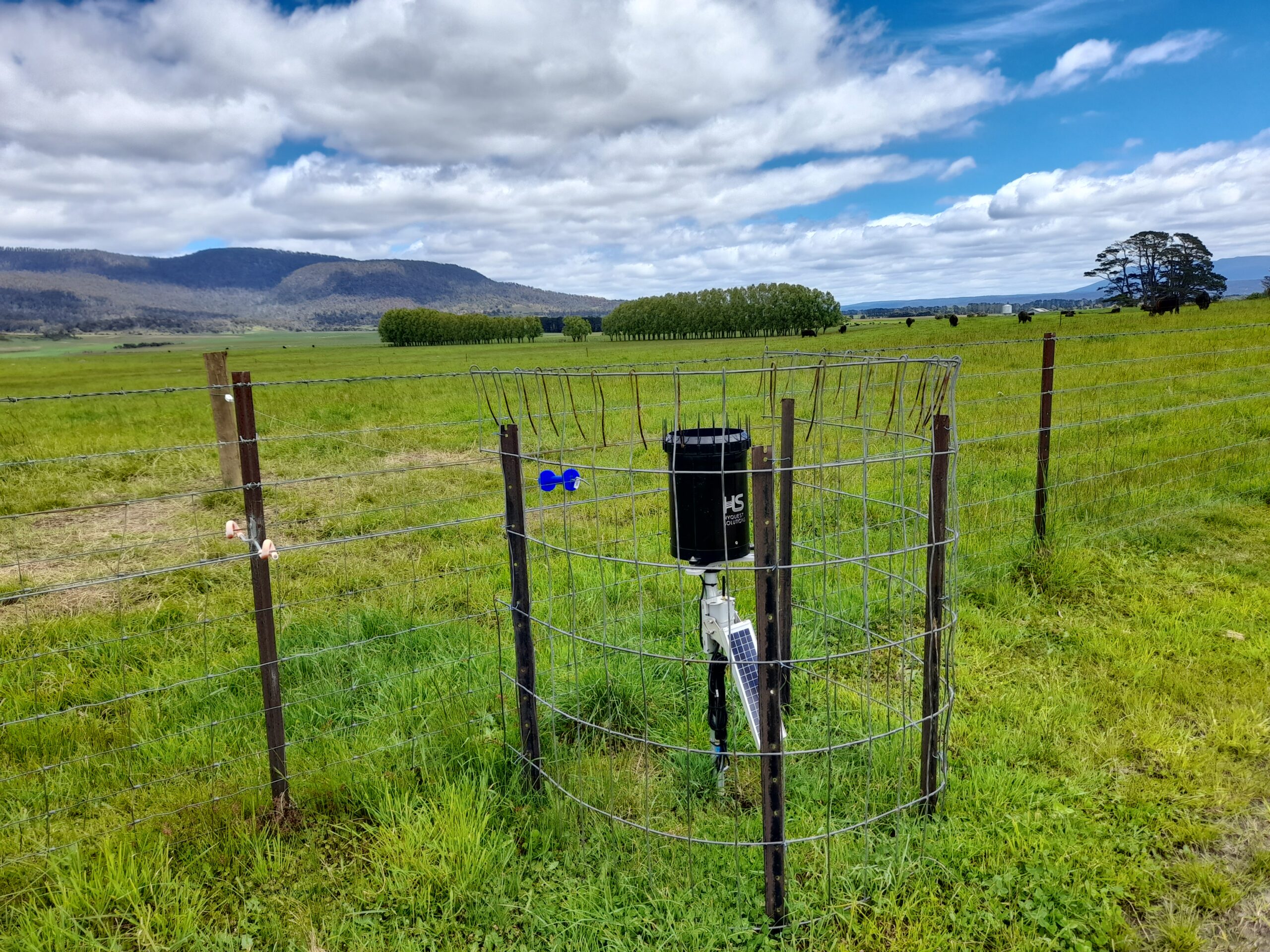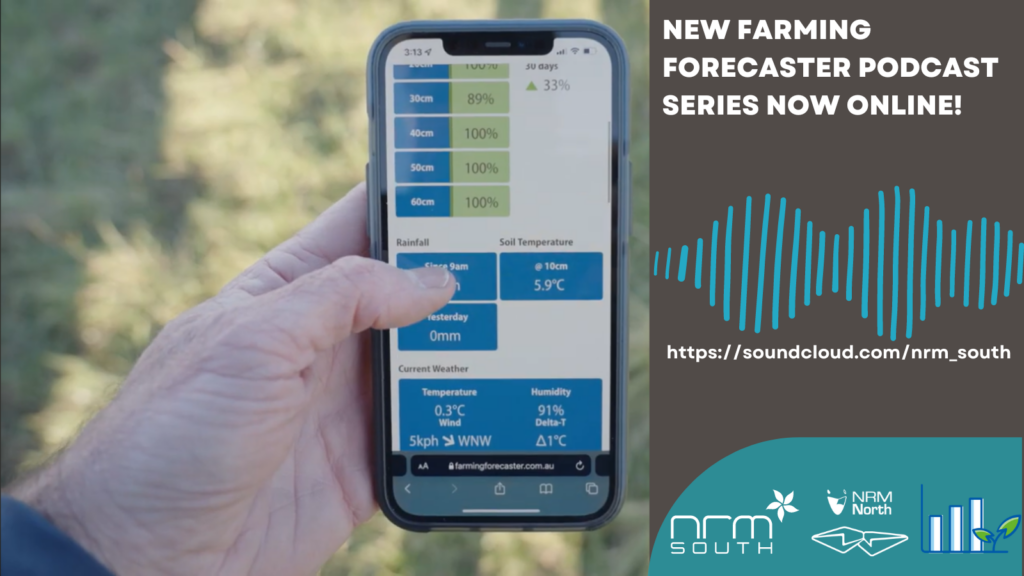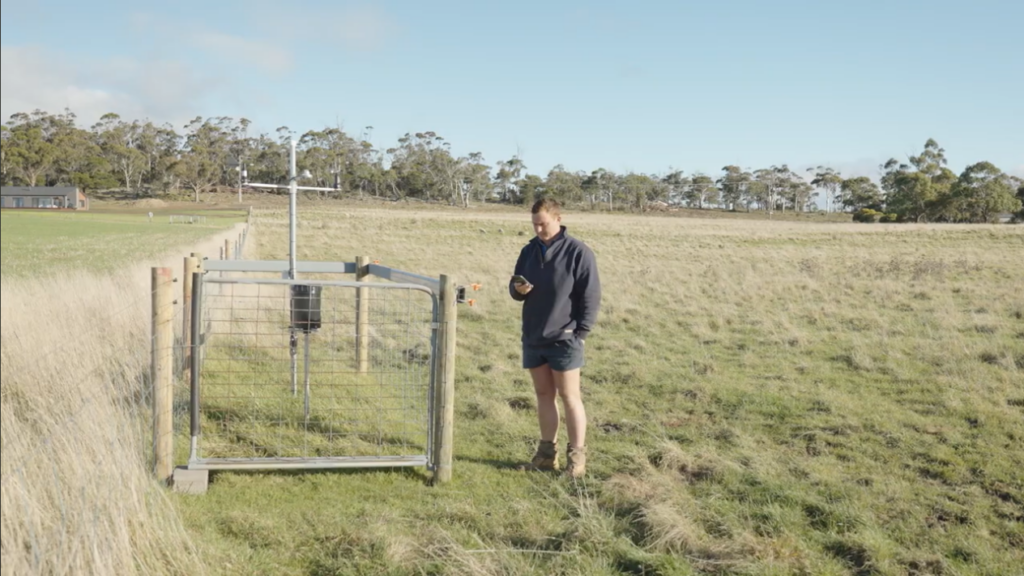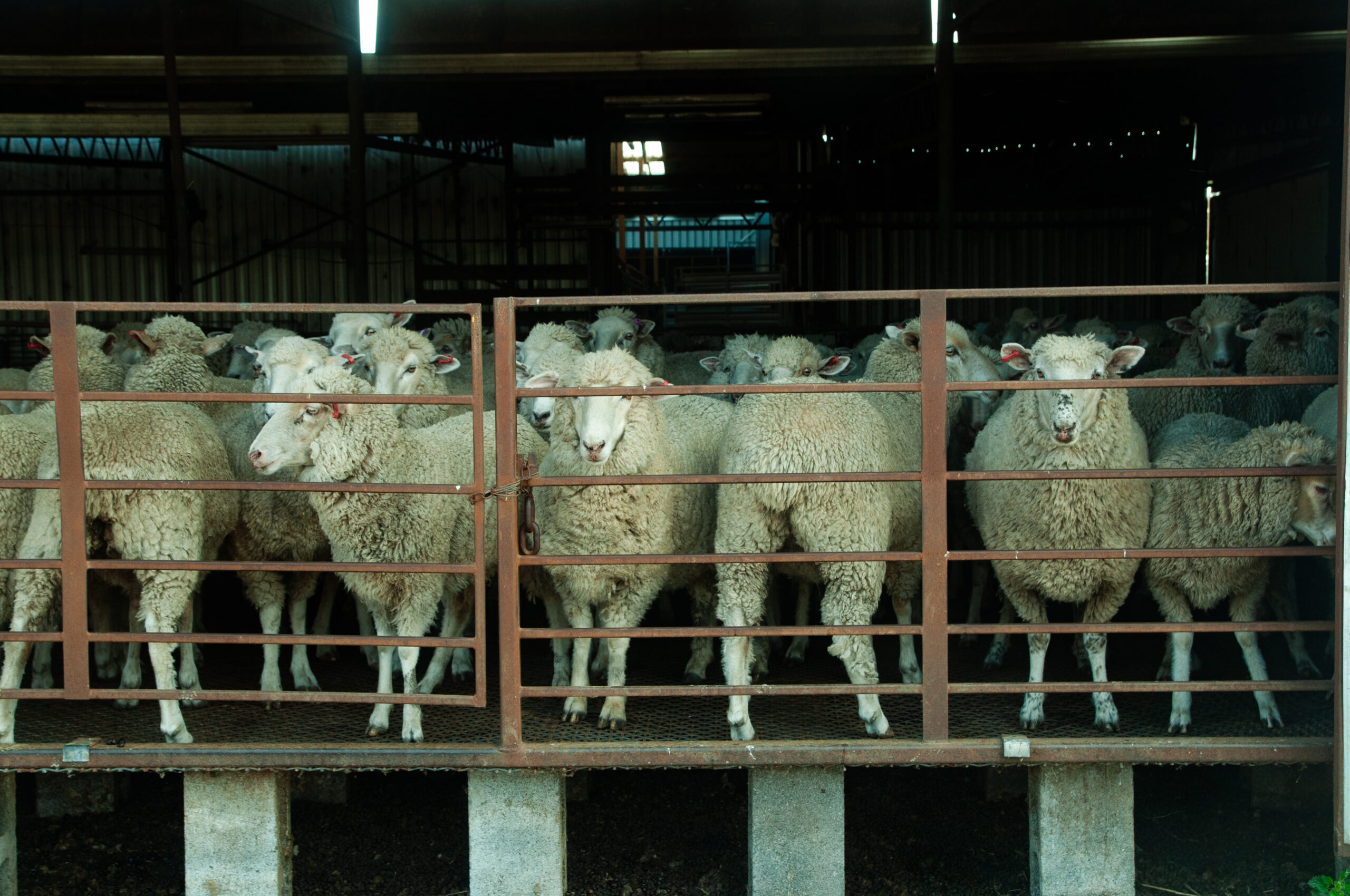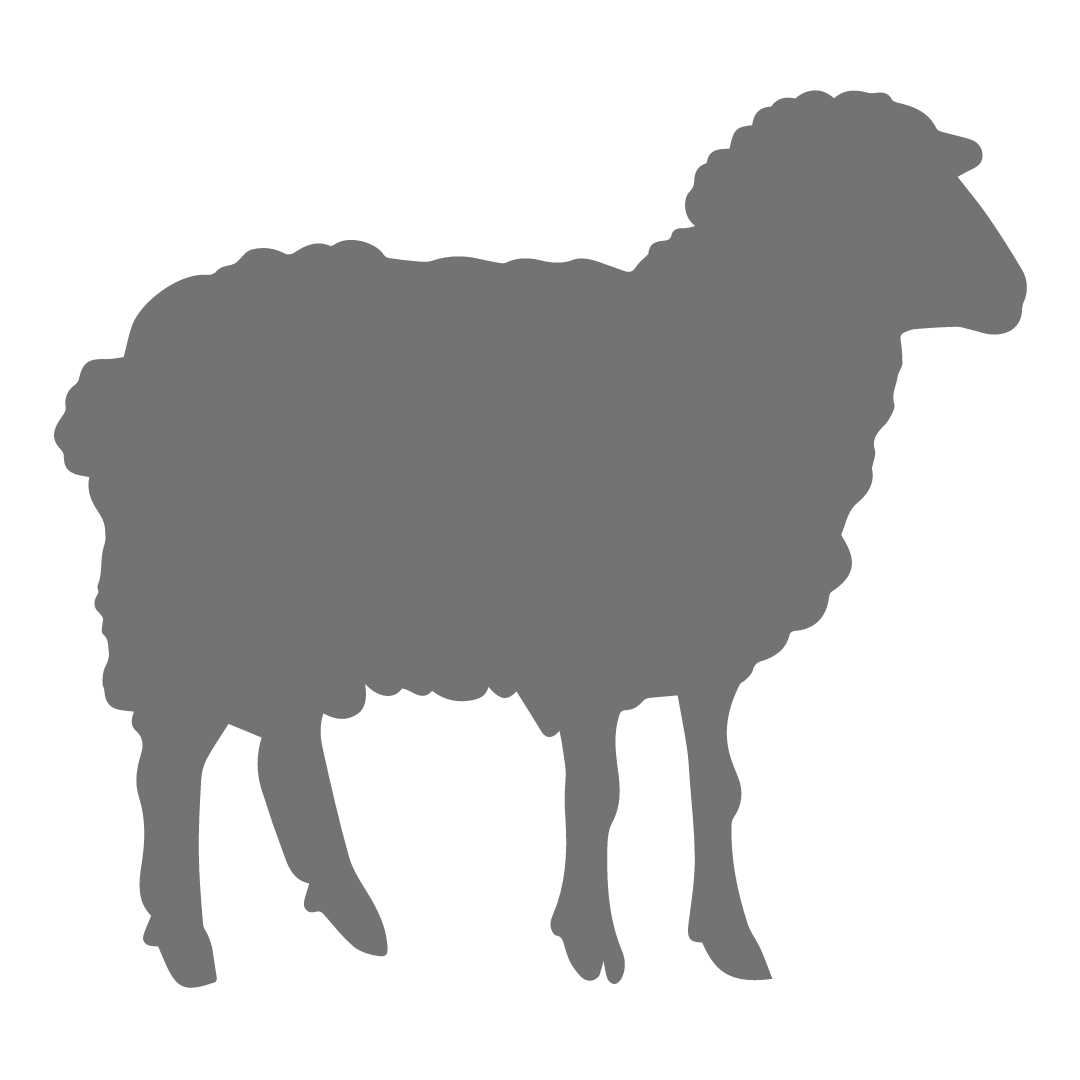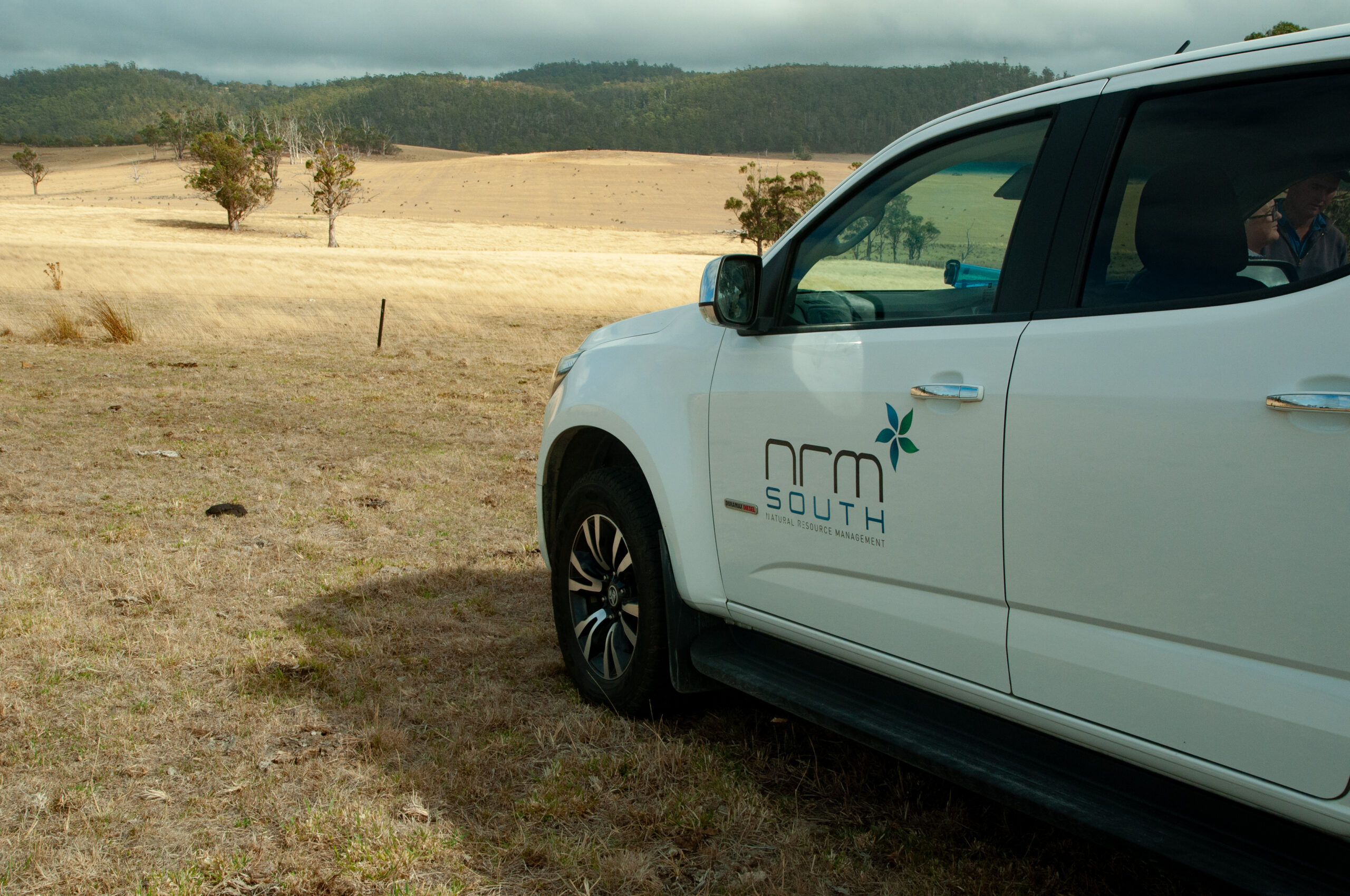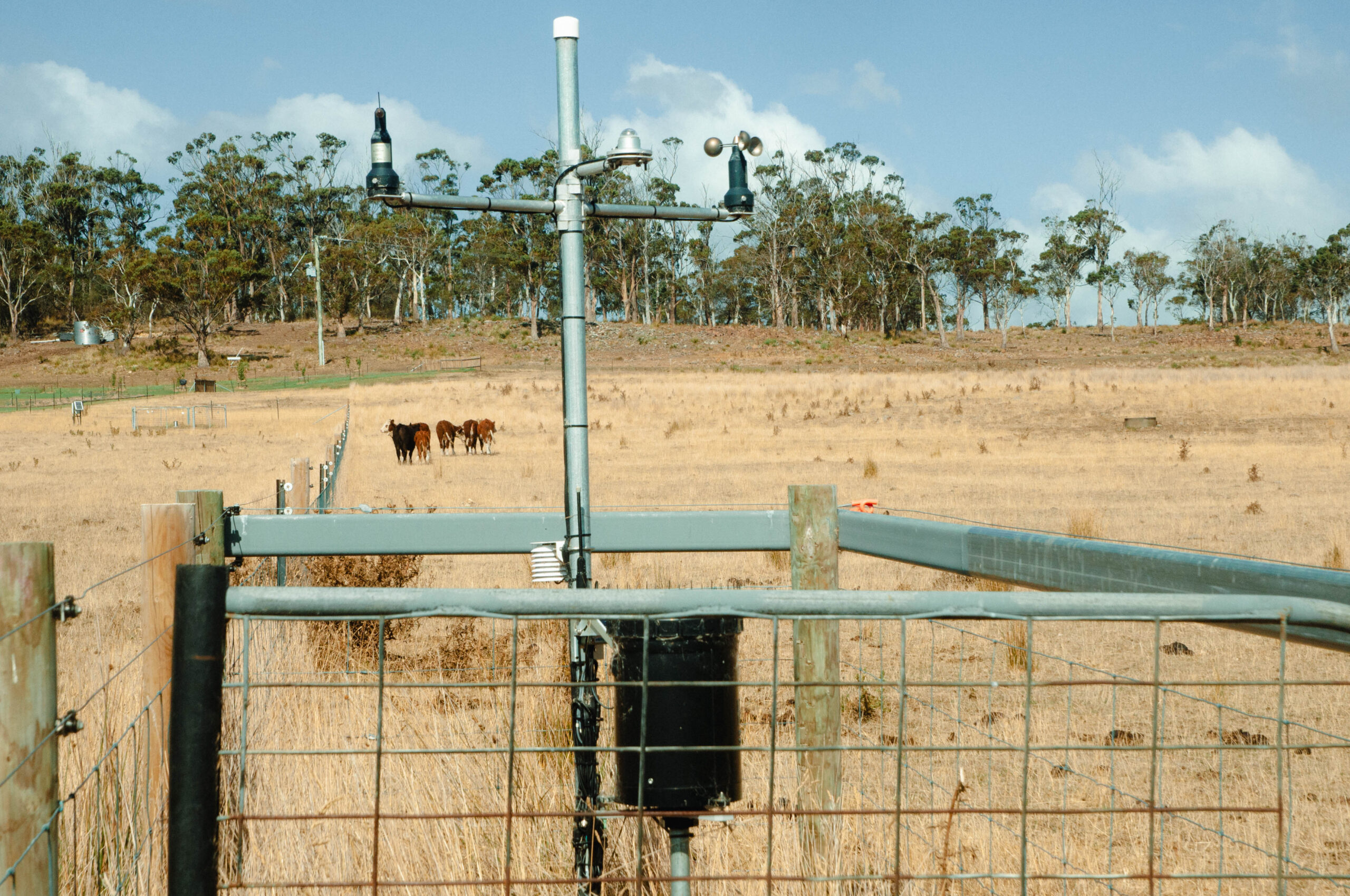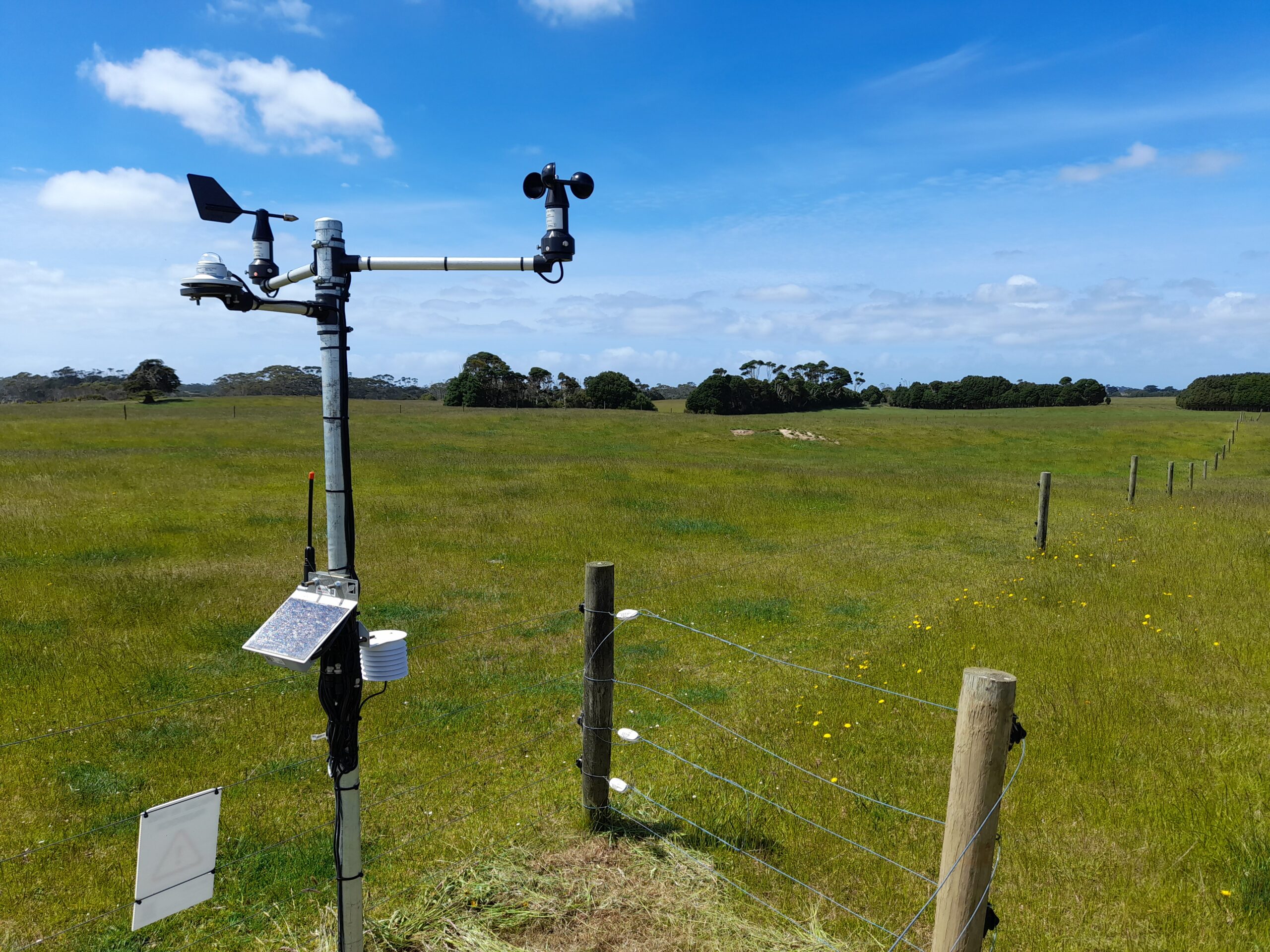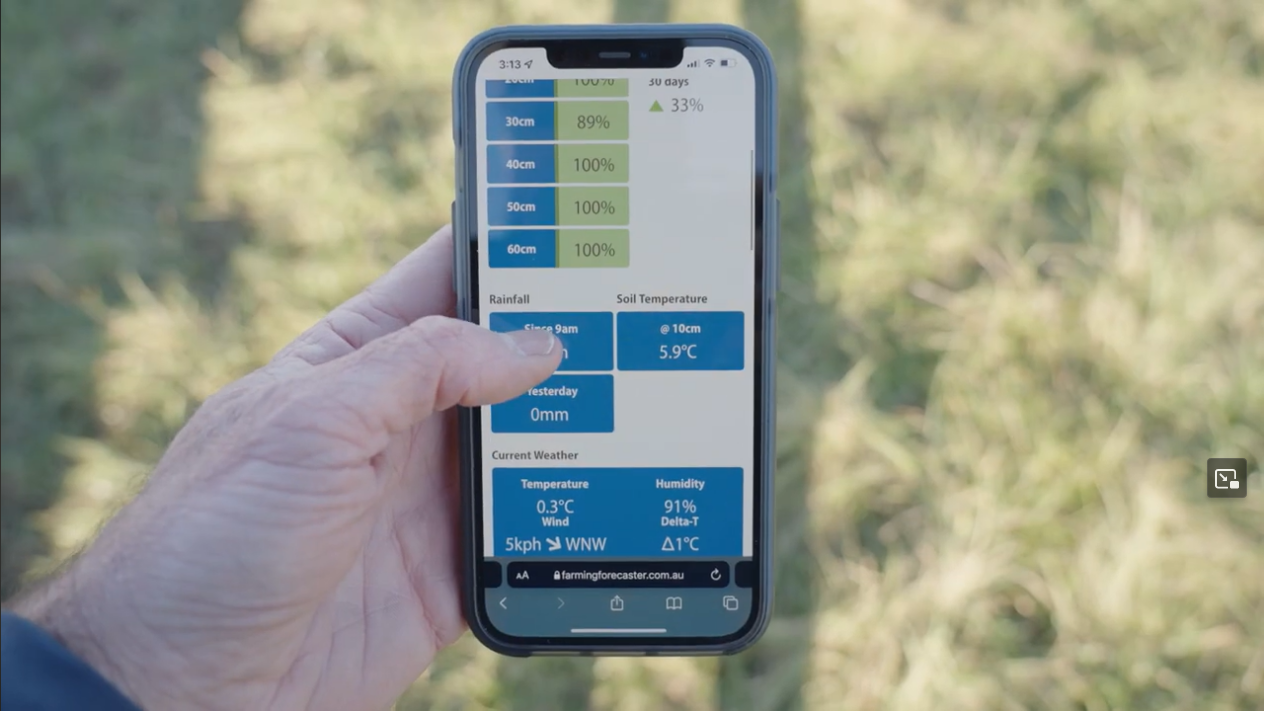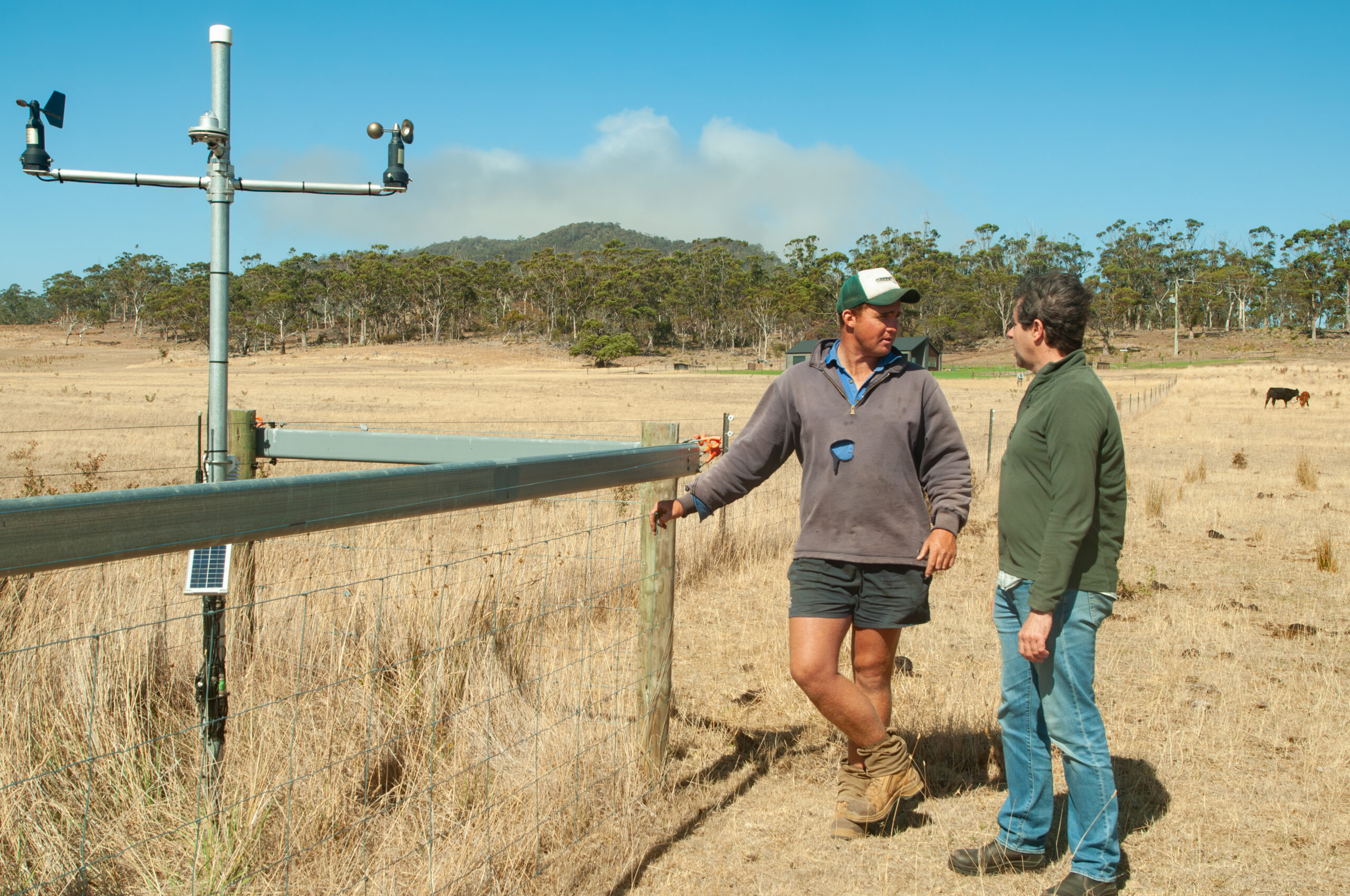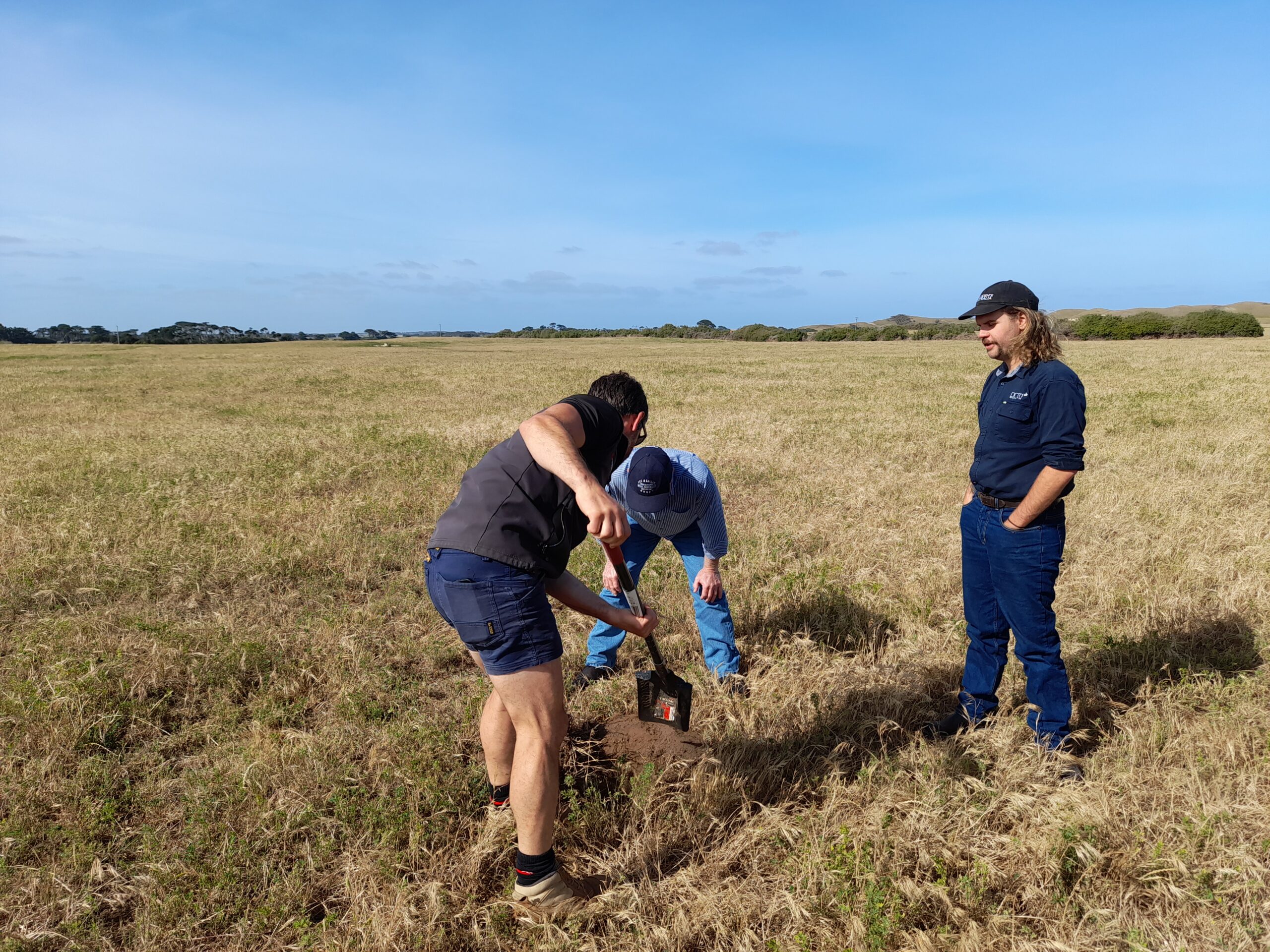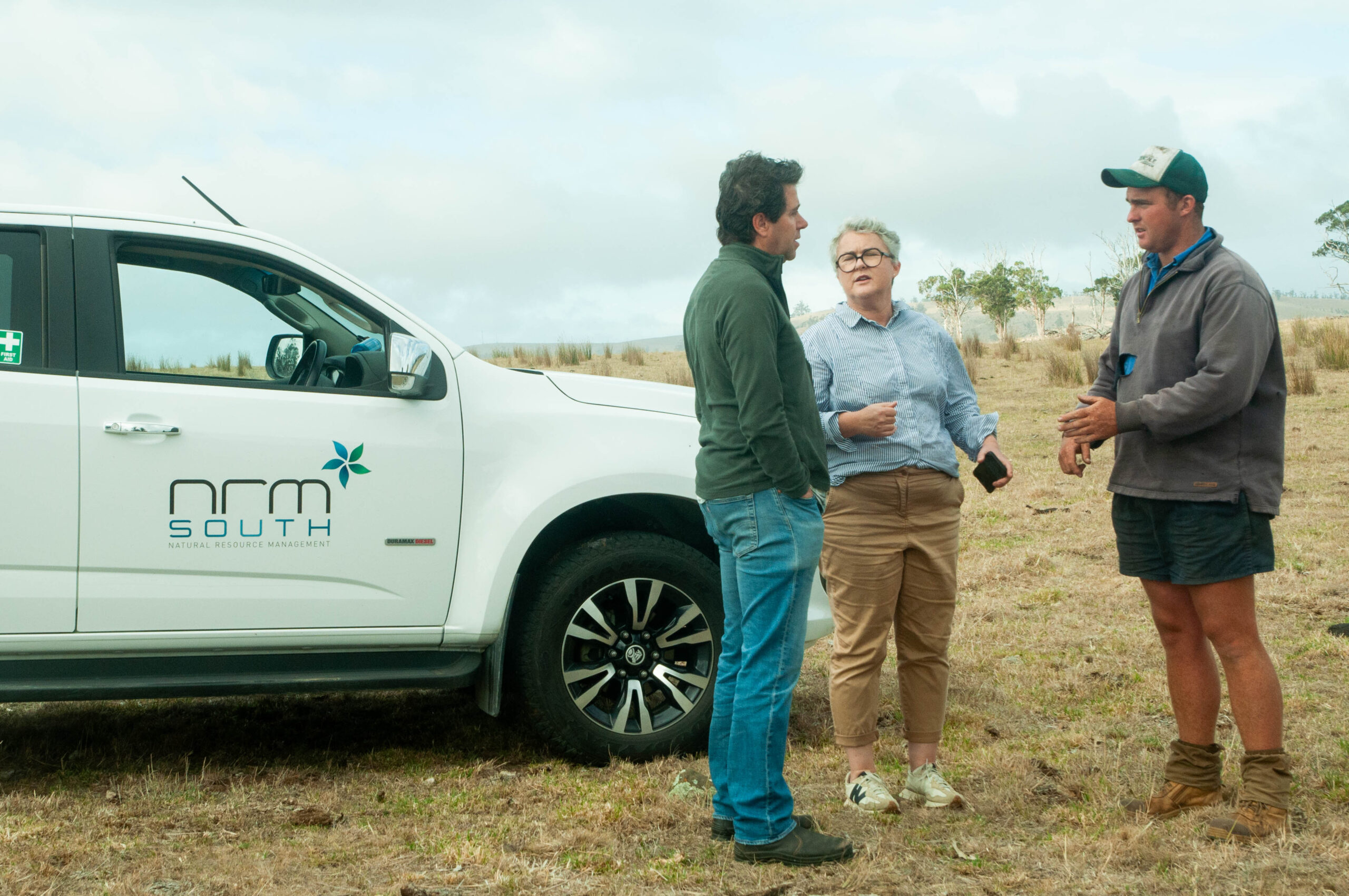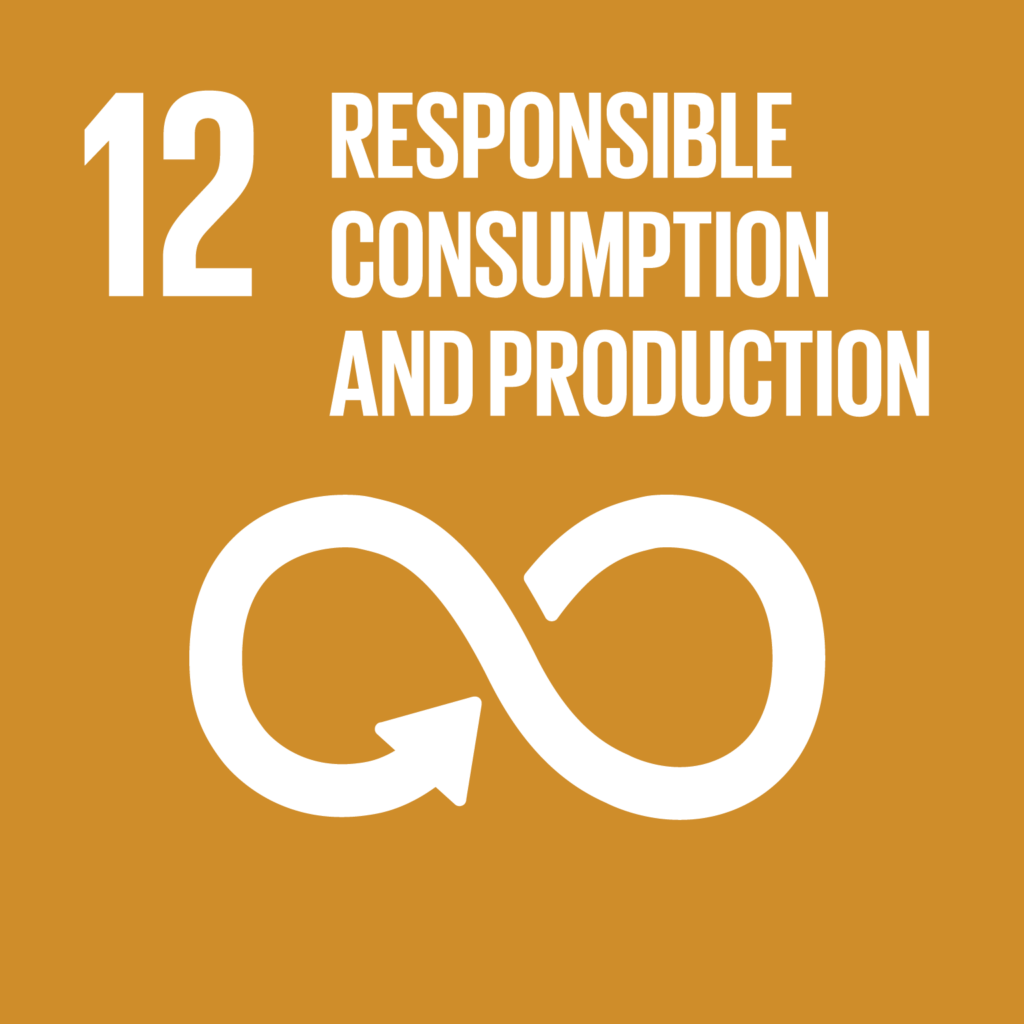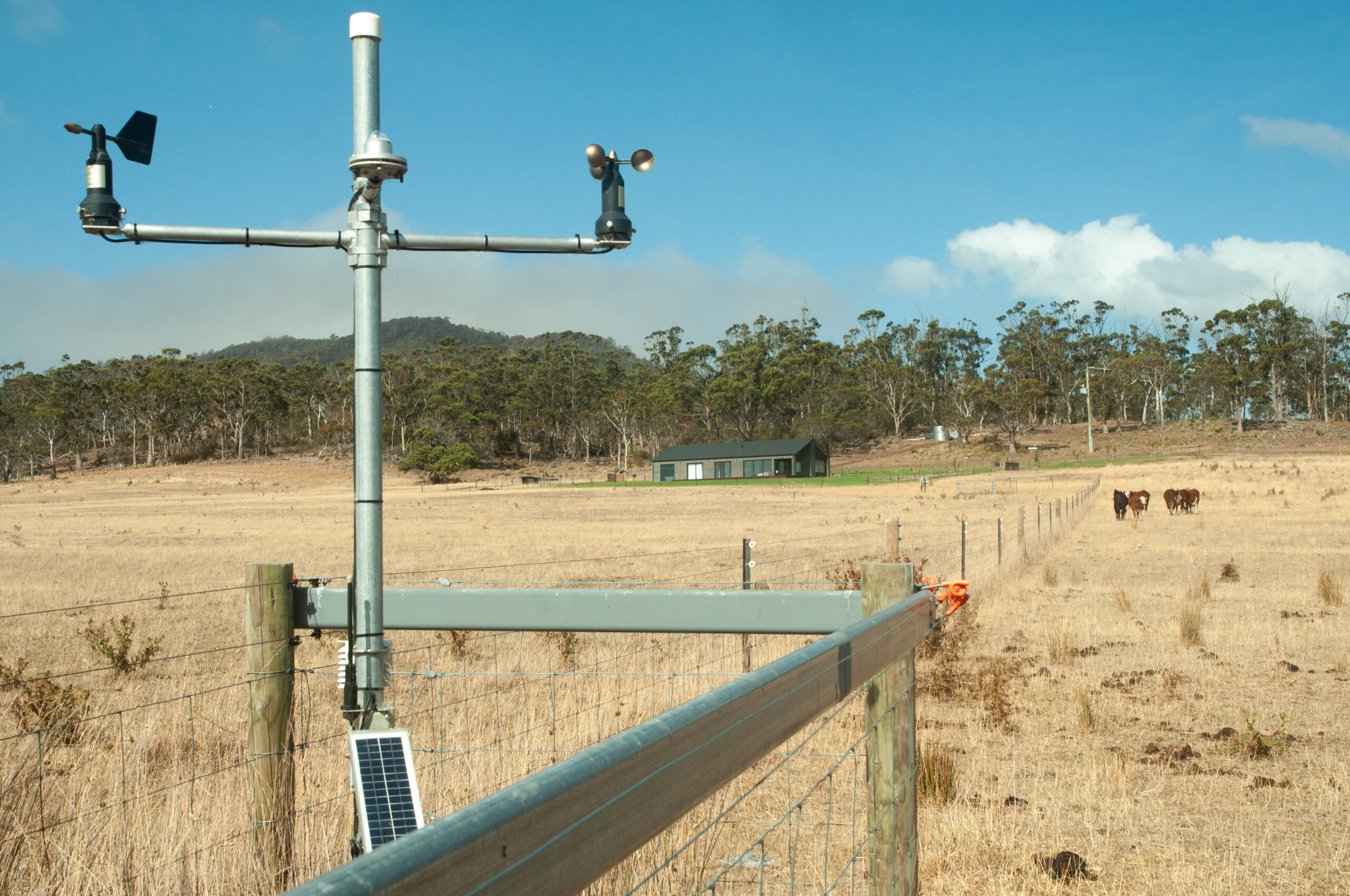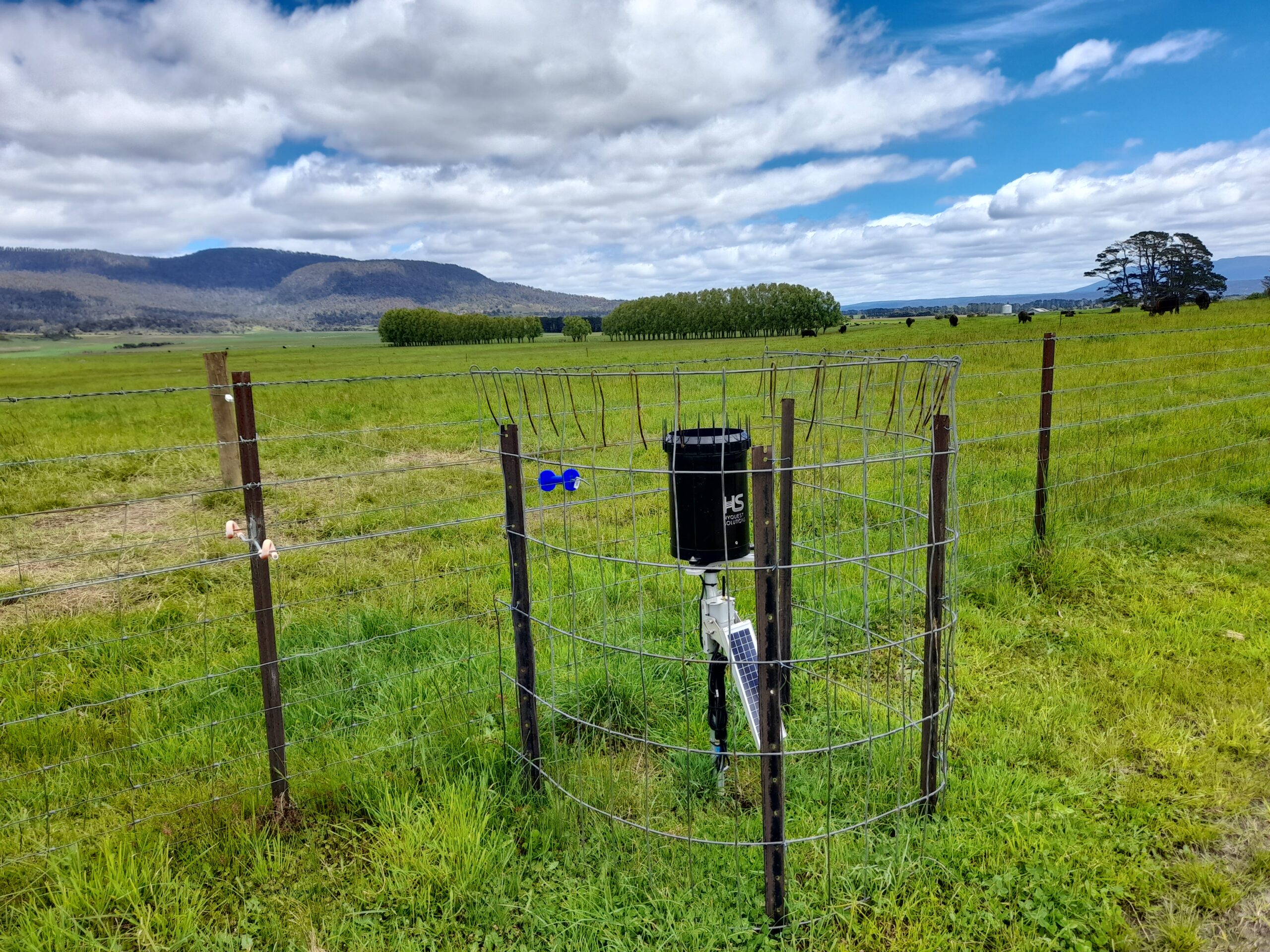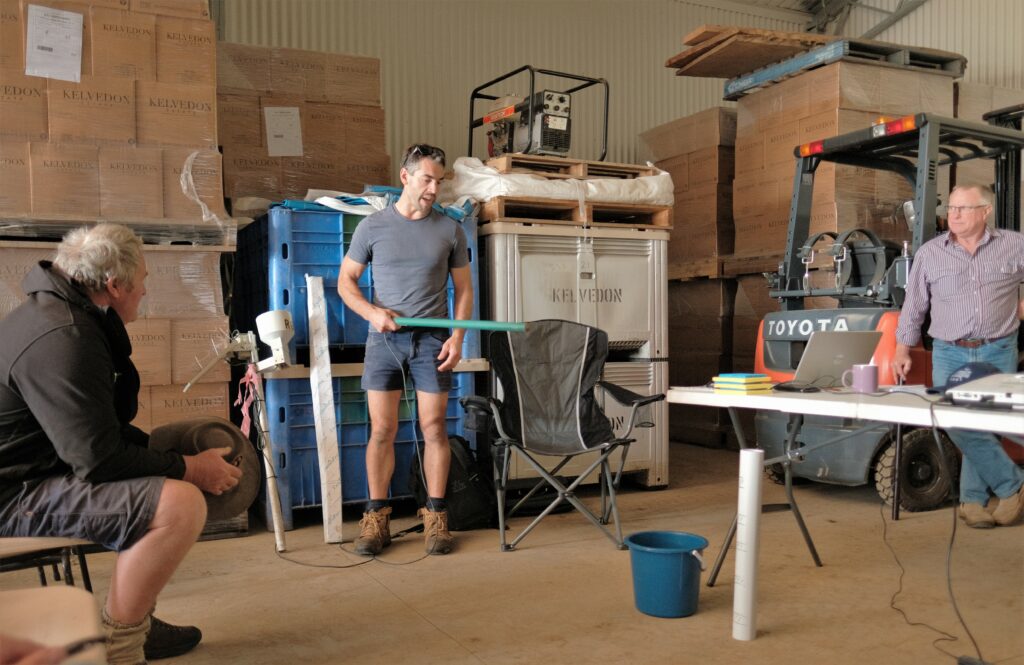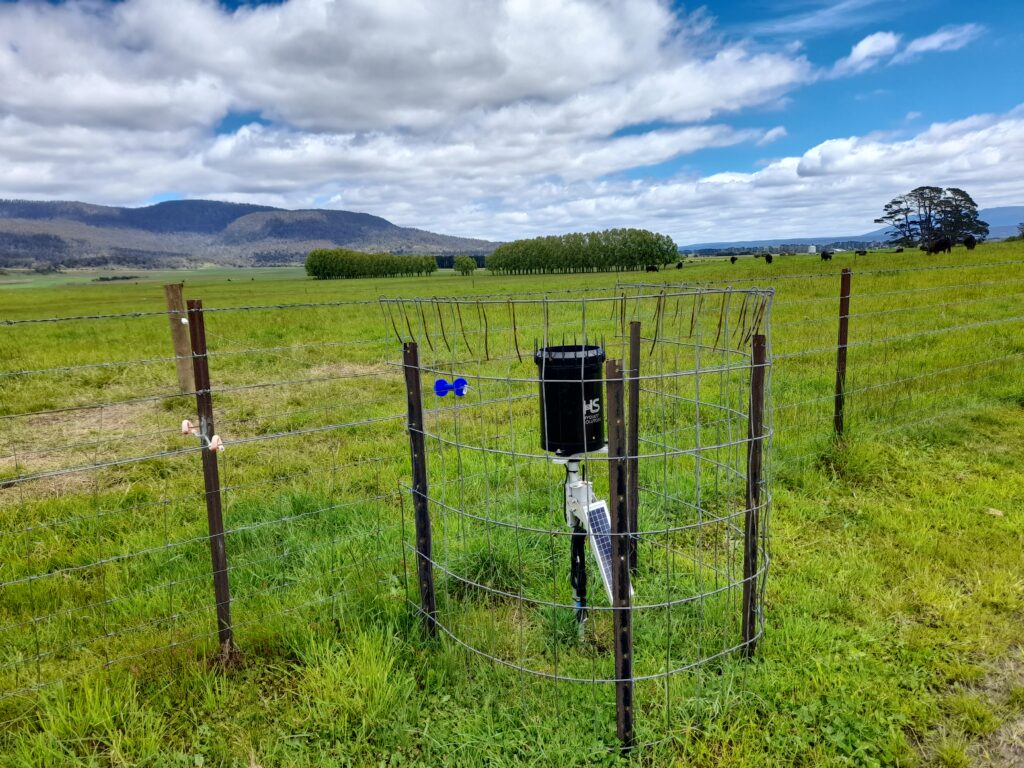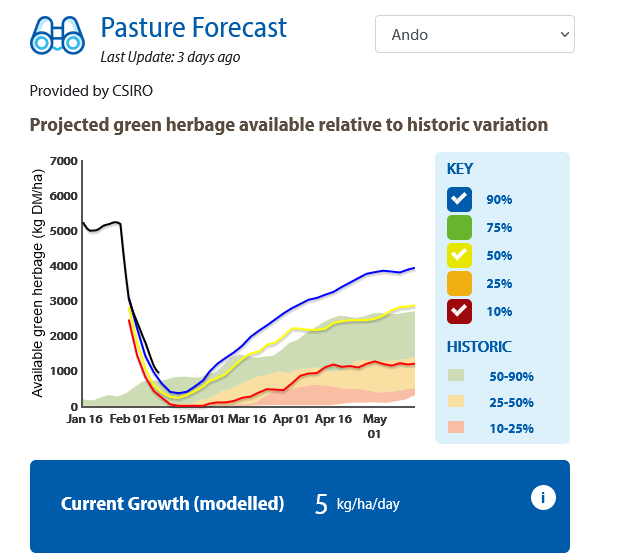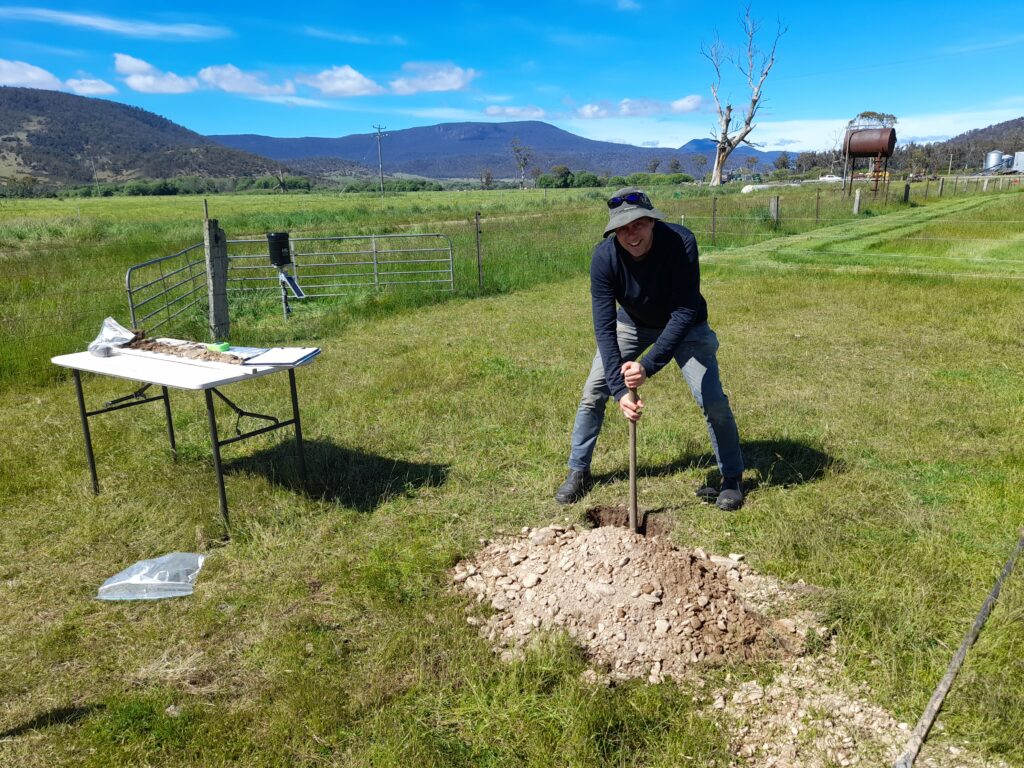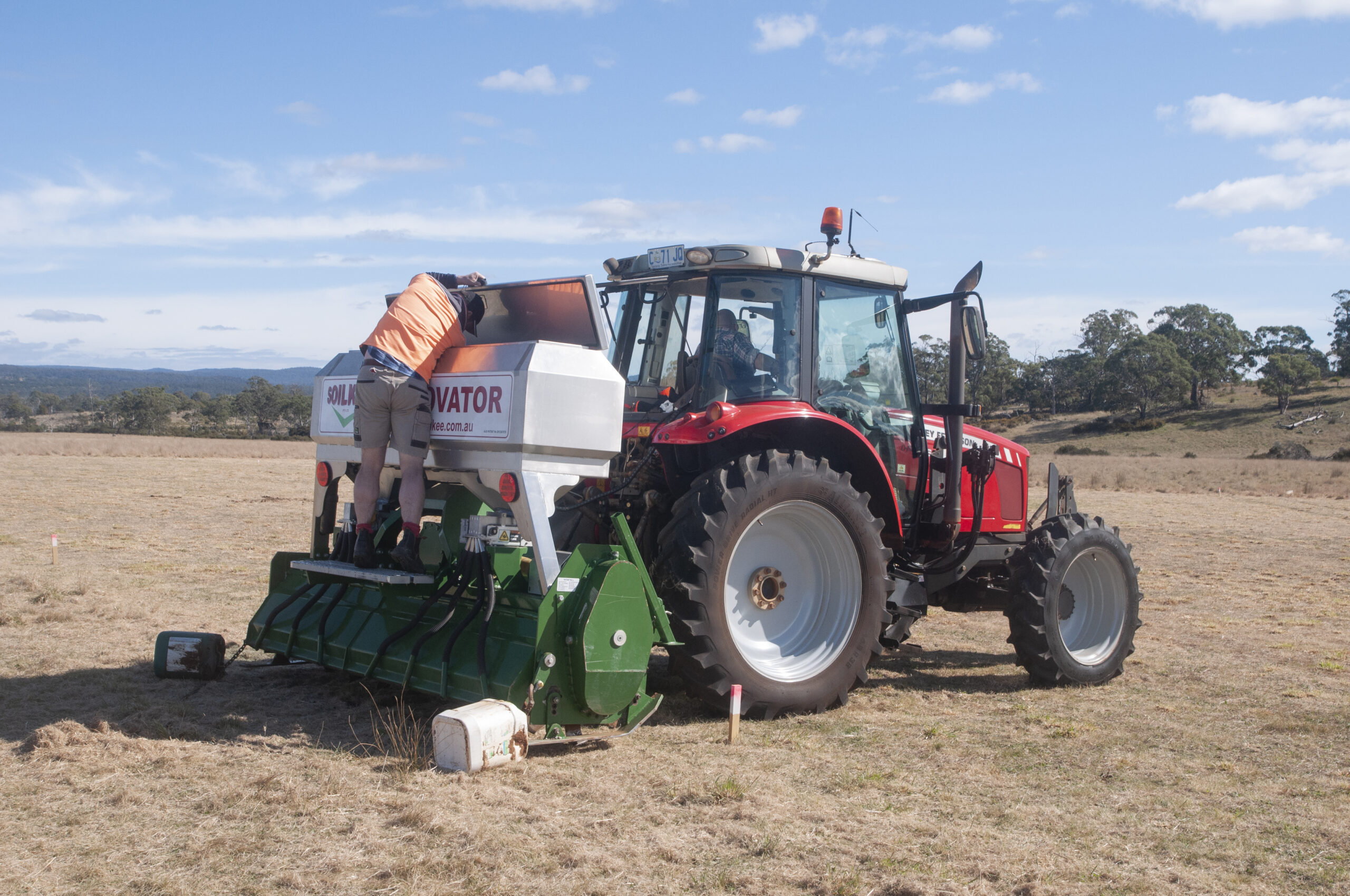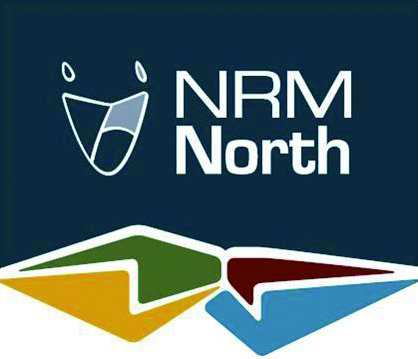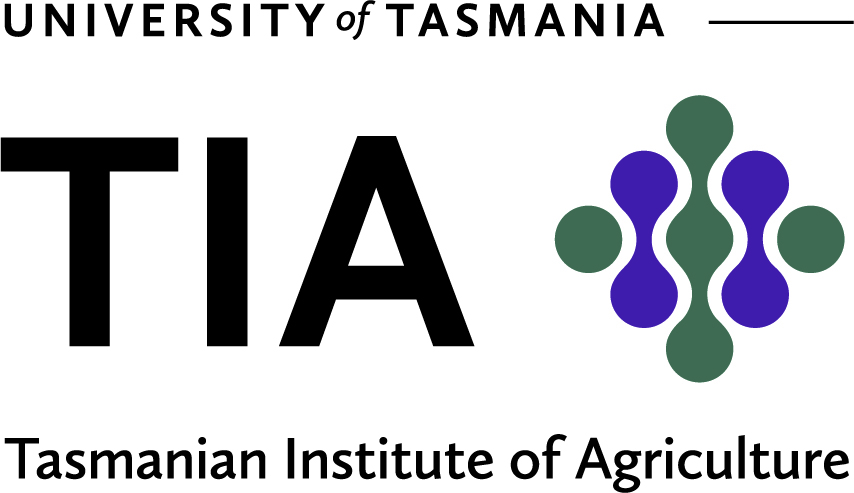Farming Forecaster Tasmania – Supporting Farmers for Drought Resilience
The ‘Co-developing and improving digital tools for increased drought resilience with, and for Tasmanian farmers’ project aims to support drought-affected farmers with tools to improve drought resilience.
The increasing occurrence of drought in regions such as the Midlands, Derwent catchment and east coast has significantly reduced seasonal ground cover. Without adaptive measures, these declines will lead to increased soil erosion and soil carbon loss, and a decline in viability of dryland grazing systems. This project is addressing these issues by supporting farmers with more responsive planning tools to improve dryland pasture management decision-making.
NEW HOW-TO VIDEO SERIES FOR FARMING FORECASTER AND STOCKPLAN
Our Approach
The project was a partnership with NRM North and the Tasmanian Institute of Agriculture and built on our successful Farming Forecaster pilot delivered on Tasmania’s east coast and Fingal Valley in 2021-2022. Through this new project we worked with farming communities across Tasmania in a wide-range of farming environments to look at three key ways to improve drought-resilience, which included;
- Undertaking the State-wide roll out of Farming Forecaster to establish sites in all major drought-prone areas of Tasmania, allowing access to a wide-range of growing conditions to assist both farmers and advisors.
- Improving the accuracy of the forecast in Farming Forecaster by undertake planned innovations to the model that informs the pasture forecast, bringing more Tasmanian data on pasture species and local growing conditions into the platform.
- Development of case studies that assist farmers in making informed stocking decisions around feeding, selling, and agisting to improve drought resilience.
PROJECT PILLARS DROUGHT RESILIENCE
HELPFUL LINKS
Farming ForecasterBackground
Dryland pastures comprise the majority of agricultural land use by area in southern Tasmania and support a significant amount of the state’s wool production. Incorporating some of Tasmania’s driest locations, with an annual average rainfall of less than 550mm, many of these areas have unpredictable rainfall patterns and are increasingly unreliable in times of drought.
Across these drought-prone landscapes, seasonal ground cover is reducing in some areas. This causes adverse outcomes for soils and can lead to land degradation, erosion and topsoil loss. Once degraded, landscapes can take a long time to recover. Without intervention, climate change and drought are likely to increase the risk of further declines in ground cover and the associated adverse effects on natural resources.
One of the most crucial decisions for livestock producers is determining how much grass they can grow in a season and then applying the appropriate stocking rate. Getting this right is key to effective ground cover management, which in turn protects the soil and supports improved drought resilience. Tools and strategies that assist farmers to make more informed decisions relating to stock and feed in a changing climate are essential to ensure the viability of our agricultural systems into the future. There are currently a range of grazing support tools available to producers with varying capabilities and functions, one of which is Farming Forecaster.
Farming Forecaster is a publicly available decision support tool for graziers. It was developed by multiple farming systems in NSW in close conjunction with CSIRO. This risk management tool provides a road map for pasture growth and livestock performance and comprises two key components. The first is soil moisture probes and rain gauge sites, situated in dryland pastures on participating farms, providing real time data on soil moisture, soil temperature and rainfall. The second is a pasture forecast showing likely pasture growth trends and availability for the next 3-4 months for each location. This information is generated by the decision-support tool GrassGro – a farm simulation model for pasture growth. Weather information is also provided and all key data is displayed in an easy to interpret format at https://farmingforecaster.com.au/
Farming Forecaster Sites
Farming Forecaster helps graziers to plan ahead with their stock and pasture management by observing trends across seasons and providing insights into the risks and feed potential over the coming months. The earlier farmers can get a sense of upcoming conditions, the better position they will be in to manage their production system and minimise economic and environmental risks.
The tool places soil moisture, local weather, pasture production and livestock performance information at farmers’ fingertips. It uses historical climate data, soil moisture probes and leading-edge technology to provide real time data on how rainfall and weather affect pasture production.
Our state-wide roll out has seen the establishment of 33 new Farming Forecaster sites, which includes soil moisture probe sites (building on 13 sites established under the pilot project) in all major drought-prone areas of Tasmania. This will allow for access to a wide range of growing conditions to assist both farmers and advisors.
Improving Accuracy
We worked to improve the accuracy of the forecast in Farming Forecaster by undertaking planned innovations to the model that informs the pasture forecast, bringing more Tasmanian data on pasture species and local growing conditions into the platform.
Case Studies
We developed a series of case studies to assist farmers in making informed stocking decisions around feeding, selling and agisting to improve drought resilience.
